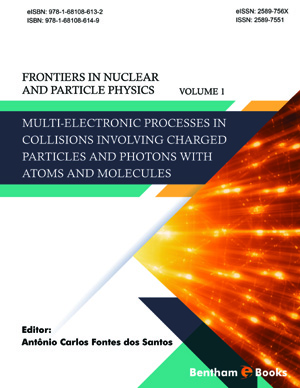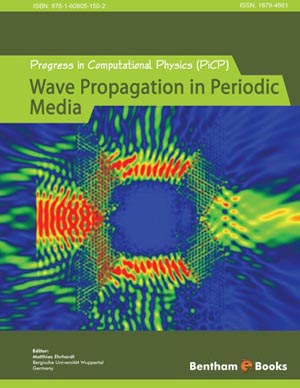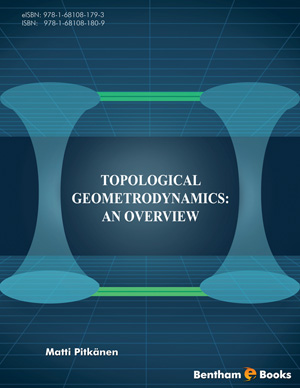Abstract
INTRODUCTION
Following the discovery of X-ray by W.C Roentgen in 1895, W.L Bragg (1912) developed a relationship, which is now widely known as Bragg’s law, to relate the reflected X-ray beams incidenting at certain angle to the cleavage faces of crystals, the distance betweem atomic layers in the crystal, and the wavelength of the incident X-ray beam. The works of both Roentgen and Bragg provide us keys to open up mysteries of the Universe and look into the microcosm in atomic level with X-ray “eyes”. Since Bragg’s law is derived according with resomance effects, it plays a critical role in the operation of diffractometry like X-ray diffractometer (XRD) which becomes important in exploring both theoretical and experimental aspects of the physics of materials. The following is hence attributed to introduce the application of XRD in physical researches, specifically in investigating: a) the essential properties of X-rays like (i) their nature of the wave- particle duality as electromagnetic (EM) waves, (ii0 their generation characteristics, and (iii) their effects when interfering with substance; b) the concept of “diffraction” since field theory was initially used to explain the diffraction phenomena of X-rays when applied to crystals.....













